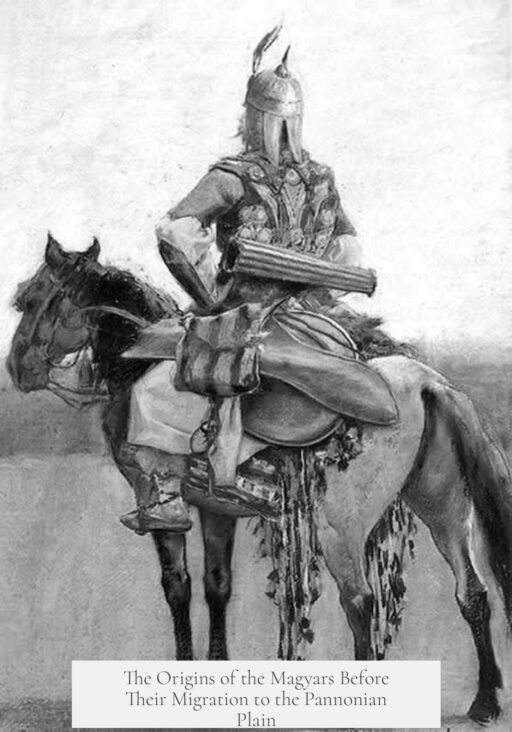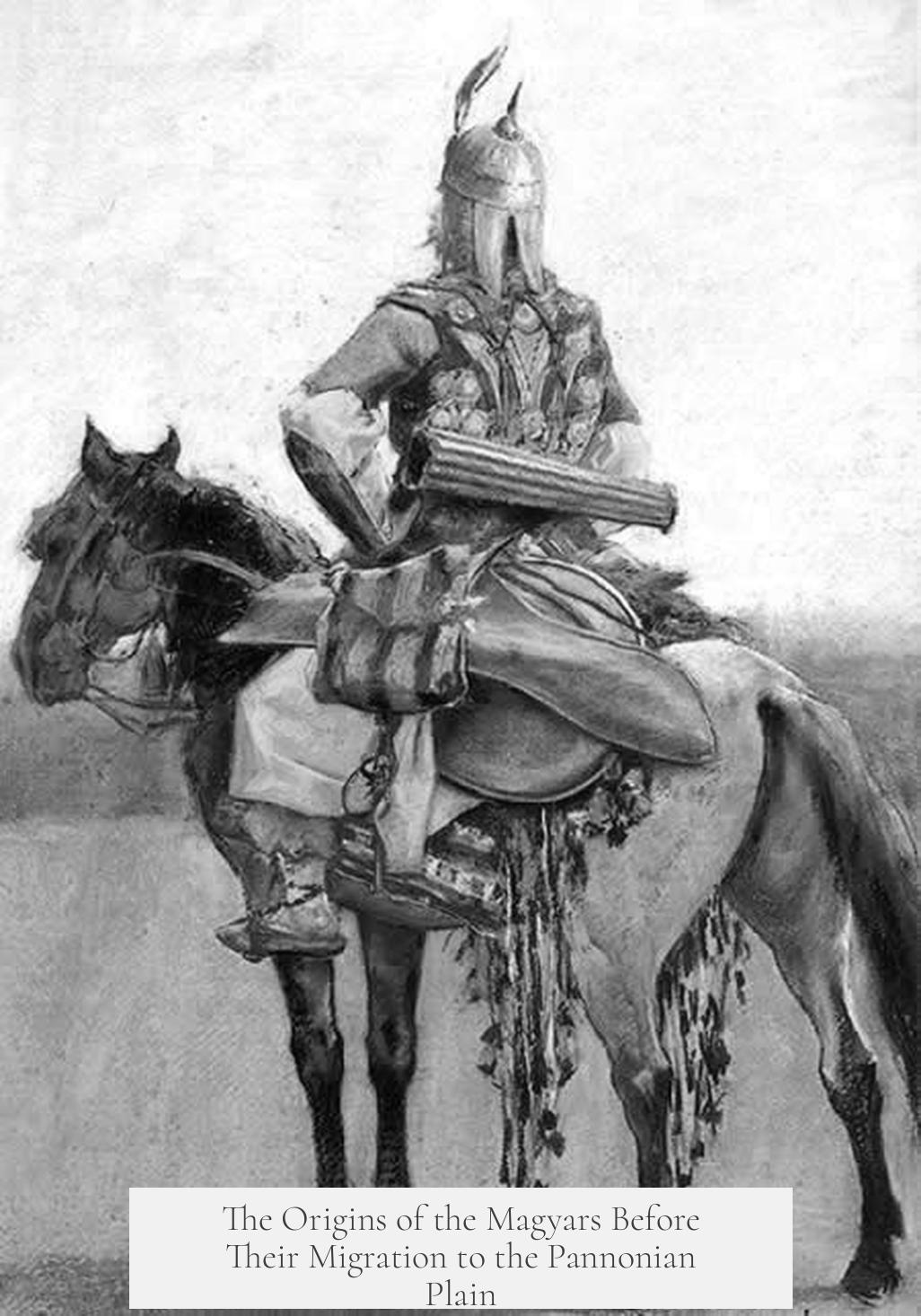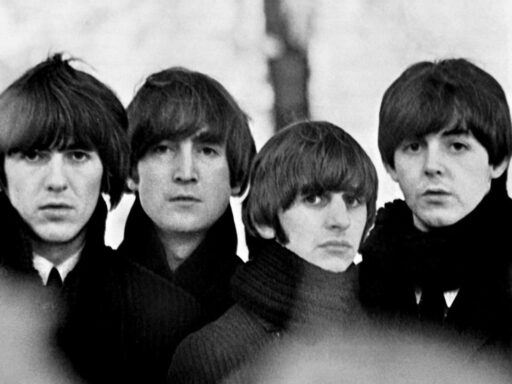The Magyars originate from the Pontic-Caspian steppe region, specifically from an area known as Levedia within the Khazar Khaganate, before migrating into the Pannonian Plain.
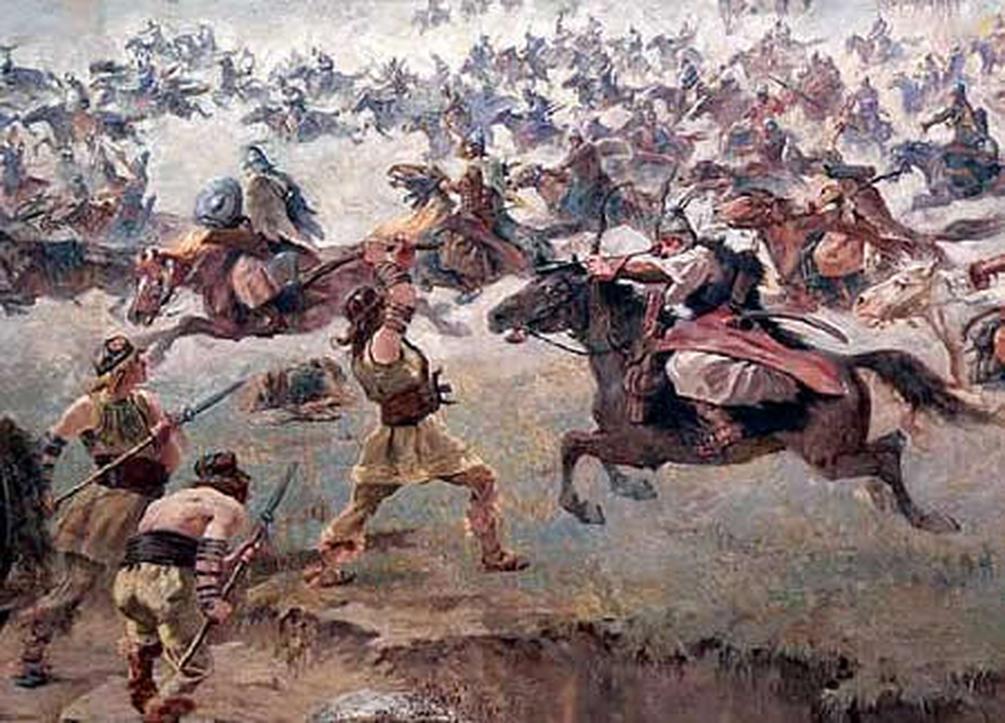
This migration began in the mid-9th century. The Khazar Khaganate was a multicultural empire ruled by semi-nomadic Turkic peoples. Levedia was a part of this empire located in the vast Pontic-Caspian steppe. The Magyars lived there along with other groups.
The Magyar group consisted of seven main tribes. During their departure from Levedia, they were joined by three rebel Khazar tribes, known as the Kabars. Little detailed information exists about the Magyars’ life before their leader Álmos led the migration from Levedia.
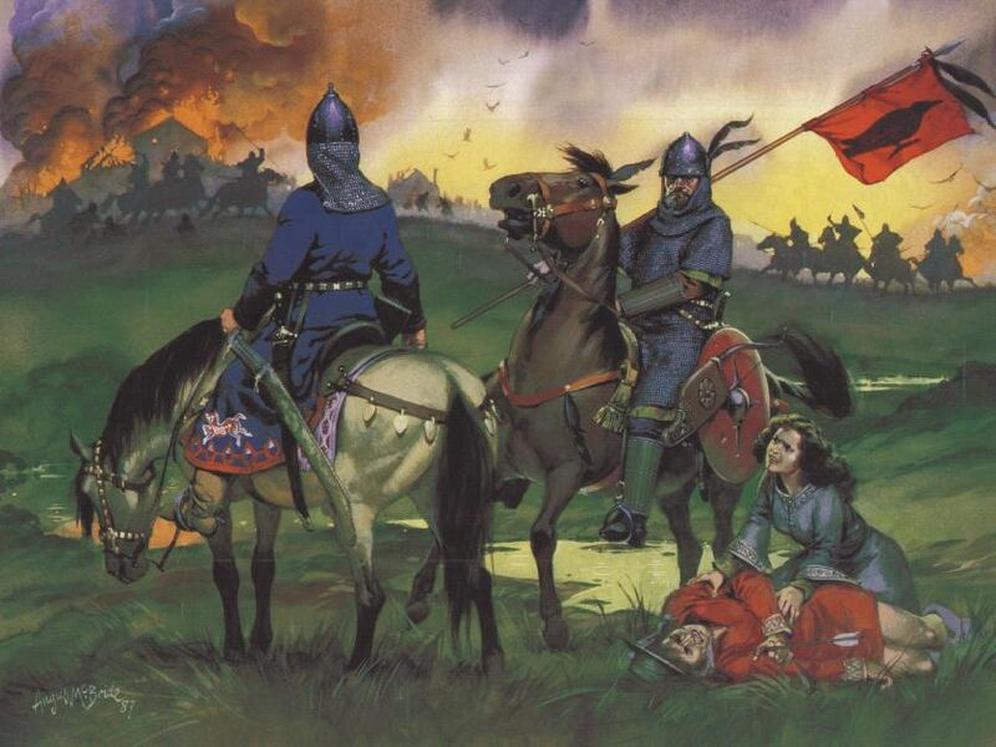
After leaving Levedia around 850 AD, the Magyars spent roughly 50 years in a region named Etelköz. Etelköz lay between the Dniester, Prut, and Siret rivers, acting as an interim homeland before their eventual movement to the Carpathian Basin, where they established themselves permanently.
The Magyars have ethnic and linguistic ties to the Finno-Ugric peoples. Their language connects them to groups like the Finnish, Estonian, and other Uralic-speaking populations. Genetic and linguistic evidence indicates their origins trace back to the Ural Mountains region.

In contrast, the earlier inhabitants of the Pannonian Basin, such as the Avars, originated from the Caucasus-Central Asia area and were related to Turkic peoples. This distinction highlights the unique cultural and genetic background of the Magyars compared to neighboring groups.
| Region | Period | Significance |
|---|---|---|
| Khazar Khaganate (Levedia) | Before 850 AD | Initial homeland within a multicultural Turkic empire |
| Etelköz | Circa 850–895 AD | Transitional area between rivers Dniester, Prut, and Siret |
| Pannonian Plain | Post-895 AD | Final migration and settlement area |
- Magyars originated in Levedia within the Khazar Khaganate.
- They migrated with 7 tribes plus 3 Kabar rebel tribes.
- Spent ~50 years in Etelköz before entering the Pannonian Plain.
- They are ethnically Finno-Ugric, linked to Uralic peoples.
- Distinct from Turkic groups such as the Avars.
Where Did the Magyars Originate From Before They Migrated Into the Pannonian Plain?
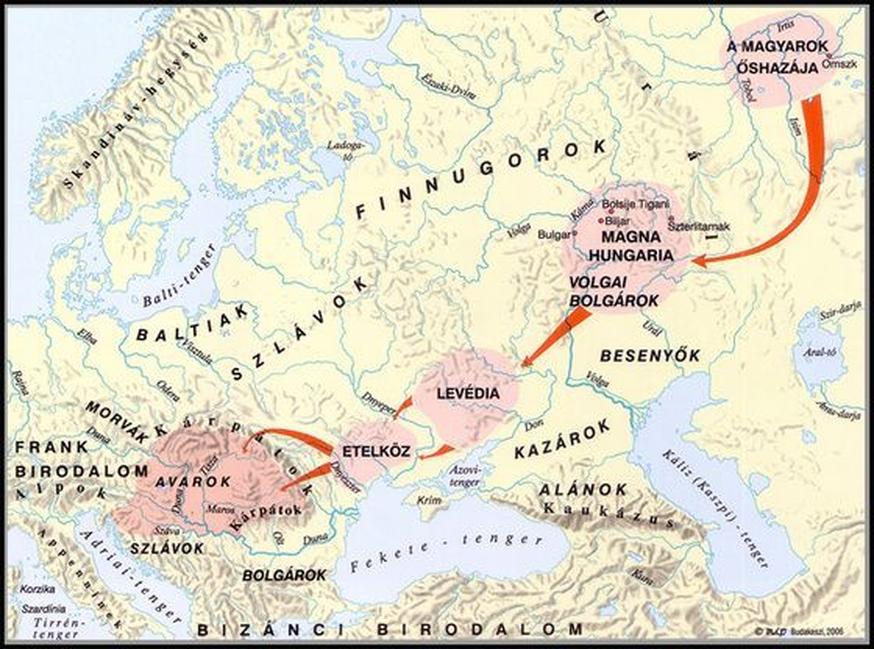
The Magyars originated from a fascinating region and cultural crossroads long before they settled in the Pannonian Plain, and their story is packed with mystery, migration, and multicultural influences.
You might imagine ancient tribes just popping up on the map. Well, the Magyars didn’t. Their roots thread through vast steppes, mingling with Turkic tribes and Finno-Ugric peoples—a journey that’s as complicated as it is captivating.

Let’s embark on this historical journey back to the early medieval period where the Magyars’ story begins, touching three fascinating points: the Khazar Khaganate (Khazaria), the Pontic-Caspian steppe (Levedia), and the territory called Etelköz.
The Khazar Khaganate and Levedia: A Multicultural Melting Pot
Picture the Khazar Khaganate, or Khazaria, as a buzzing empire nestled around the 7th to 10th centuries. This empire was a blend of peoples, beliefs, and cultures. It was a kind of “United Nations” of semi-nomadic Turkic peoples. The Magyars, before they became the Hungarians we now know, were once part of this multicultural world.
More specifically, the Magyars originated from a section of Khazaria known as Levedia, located in the vast Pontic-Caspian steppe. This spot is a stretch of open grasslands, perfect for horse-riding nomads. It’s here that the Magyars lived alongside Turkic tribes and other steppe peoples, a truly dynamic place buzzing with ethnic diversity.
Here’s a twist: when the Magyars moved out of Levedia, they weren’t just alone. They brought their original seven tribes and were joined by three rebel Khazar tribes known as the Kabars. Think of it as a rebellion squad doubling their party size for the next big adventure.
Etelköz: A Half-Century Stopover
After leaving Levedia, the Magyars didn’t immediately ride into the Pannonian Plain. Instead, they stopped for about fifty years in a land they called Etelköz. It was a strategic location nestled between three rivers: the Dniester, Prut, and Siret.
Etelköz served as both a homeland and a base for further movements. During this period, the Magyars could consolidate power, build alliances, and adapt to new political realities. This half-century pause was crucial—it prepped them for their eventual migration into what is now Hungary, in the heart of Europe.
Finno-Ugric Roots and the Ural Connection
Now, here’s where it gets linguistically and ethnically spicy. Unlike their Turkic neighbors, the Magyars are connected to the Finno-Ugric people. This means their language and some of their heritage tie back to groups like the Finns, Estonians, and other Uralic peoples.
Scholars often point to the Ural Mountains as the ancient homeland for these Finno-Ugric ancestors. This means the Magyars’ lineage, linguistically speaking, possibly stretches all the way from the Ural Mountains deep into the Eurasian steppes and onwards to their settling in modern-day Hungary.
Interestingly, before the Magyars moved in, the Pannonian Plain had been influenced by the Avars—another nomadic group with Turkic roots, but with different origins from the Magyars. This layer of different peoples enhances the rich tapestry of Central European history.
Why Does This Migration Matter?
Understanding where the Magyars came from shines a light on their culture, language, and political strategies. It explains why Hungary’s language, Magyar, is so distinct in Europe. It also clarifies the pivotal role the Eurasian steppes played as a corridor for migration and cultural exchange.
Knowing their origin story helps us appreciate the challenges they overcame—living among various tribes, navigating alliances, and finally carving out a kingdom in a new land.
Practical Takeaway and Fun Thought
Next time you hear Hungarian spoken or see Hungarian traditions, remember: they carry the echoes of Steppe nomads, Khazar rebels, and Finno-Ugric cousins. Their ancestors were strategic migrants who knew when to stop, who to ally with, and where to settle for the future.
Ever wonder how migrations like this affect identity today? The Magyars’ journey reminds us how cultural intersection and migration define not just history textbooks but communities’ lived experiences even now.
Summary Table: Key Points of Magyar Origins
| Stage | Location | Significance |
|---|---|---|
| Khazar Khaganate (Khazaria) | Multicultural empire in Eurasian steppe | Magyars part of a diverse Turkic-centric empire |
| Levedia (Pontic-Caspian Steppe) | Steppe region within Khazaria | Starting point for Magyar tribes; joined by Kabars |
| Etelköz | Between Dniester, Prut, and Siret rivers | 50-year stopover before Pannonian Plain migration |
| Ethnic Background | Urals and Finno-Ugric connections | Language and heritage linked to Finns and Estonians |
So, the next time you ask yourself, “Where did the Magyars originate?”, remember it’s much more than a simple origin story. It’s a tale of diverse empires, rebellious alliances, and a journey through the heartlands of Eurasia, culminating in the founding of modern Hungary.
